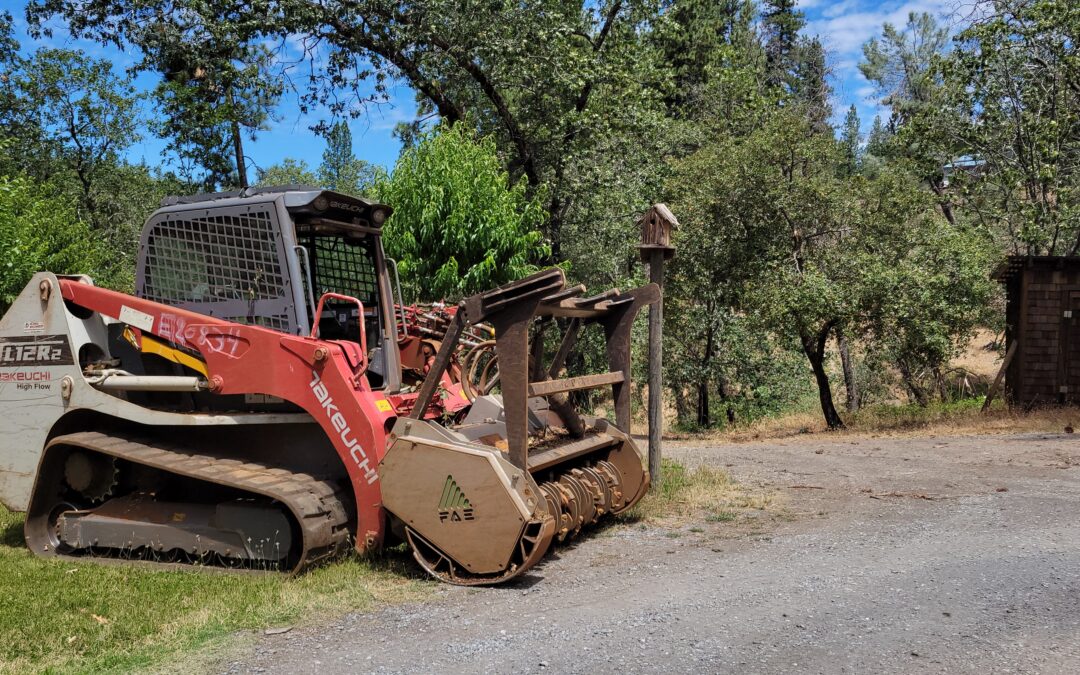Before removing a tree, it is essential to assess its health thoroughly, seek advice from specialists, explore options such as pruning or relocation, obtain required approvals, and analyze the potential long-term consequences on the environment. These considerations are vital in making an informed decision regarding tree removal and its implications.
Trees Health Condition
Assessing a tree’s overall health and vitality is paramount before considering its removal. Soil nutrients play a crucial role in determining a tree’s health condition. Insufficient or imbalanced soil nutrients can lead to poor growth, leaf discoloration, and an overall decline in the tree’s health.
Additionally, evaluating the root structure is essential. A healthy tree will have a solid and extensive root system that anchors it securely in the ground, providing stability and access to basic water and nutrients.
Conversely, a compromised root structure, such as rotting roots or girdling roots, can indicate underlying issues that may impact the tree’s stability and overall health. Understanding the interplay between soil nutrients and root structure is fundamental in determining the health of a tree.
Safety Concerns
Before tree removal, it is crucial to thoroughly evaluate potential safety concerns associated with the process. Ensuring equipment safety and proper training for the personnel involved is paramount. Conducting a comprehensive hazard assessment before commencing the tree removal task is essential to identify potential risks such as falling branches, unstable tree structures, or obstacles that may pose dangers during the process.
Taking necessary precautions, such as wearing appropriate personal protective equipment, establishing clear work zones, and adhering to safety protocols, can help mitigate risks and prevent accidents. By prioritizing safety through equipment safety measures, adequate training, thorough hazard assessments, and strict adherence to precautions, the tree removal process can be carried out efficiently while minimizing the likelihood of injuries or property damage.
Impact on Surroundings
Considering the potential impact on the surrounding environment is a crucial aspect to address before removing trees. A tree’s root system plays a significant role in maintaining soil stability and preventing erosion. Removing a tree without considering its root system can lead to soil erosion and destabilization of the surrounding area.
Additionally, trees provide habitats for various wildlife species. Removing a tree might disrupt the local ecosystem and endanger the wildlife that depends on the tree for shelter and food. It’s essential to assess the tree’s role in supporting biodiversity and consider alternative solutions to minimize the impact on the surrounding wildlife habitat.
Tree Species and Age
The species and age of a tree are critical factors to evaluate when determining the appropriate approach for tree removal. Different tree species have varying growth rates, root systems, and structural stability, impacting the complexity of the removal process. Younger trees generally have less extensive root systems and are lighter, making them easier to remove than older, more established trees.
Furthermore, considering the environmental benefits provided by the tree species is essential. Trees contribute to air purification, provide shade, support wildlife habitats, and enhance biodiversity. Removing a tree of significant age and environmental value should prompt careful consideration of potential alternatives to mitigate the loss of these benefits for the surrounding ecosystem.
Potential Alternatives
When exploring options for tree removal, it is prudent to assess alternatives that can preserve the tree’s environmental benefits and ecosystem contributions. Root pruning and tree transplanting are viable alternatives before removing trees. Root pruning involves selectively cutting roots to address issues such as encroachment on structures or pathways, allowing the tree to remain in place while managing its growth.
On the other hand, tree transplanting involves carefully uprooting the tree and moving it to a different location where it can continue to thrive. These options help preserve the tree and maintain the ecological balance it provides to its surroundings. Consider consulting with a professional arborist to determine the feasibility of these alternatives.

